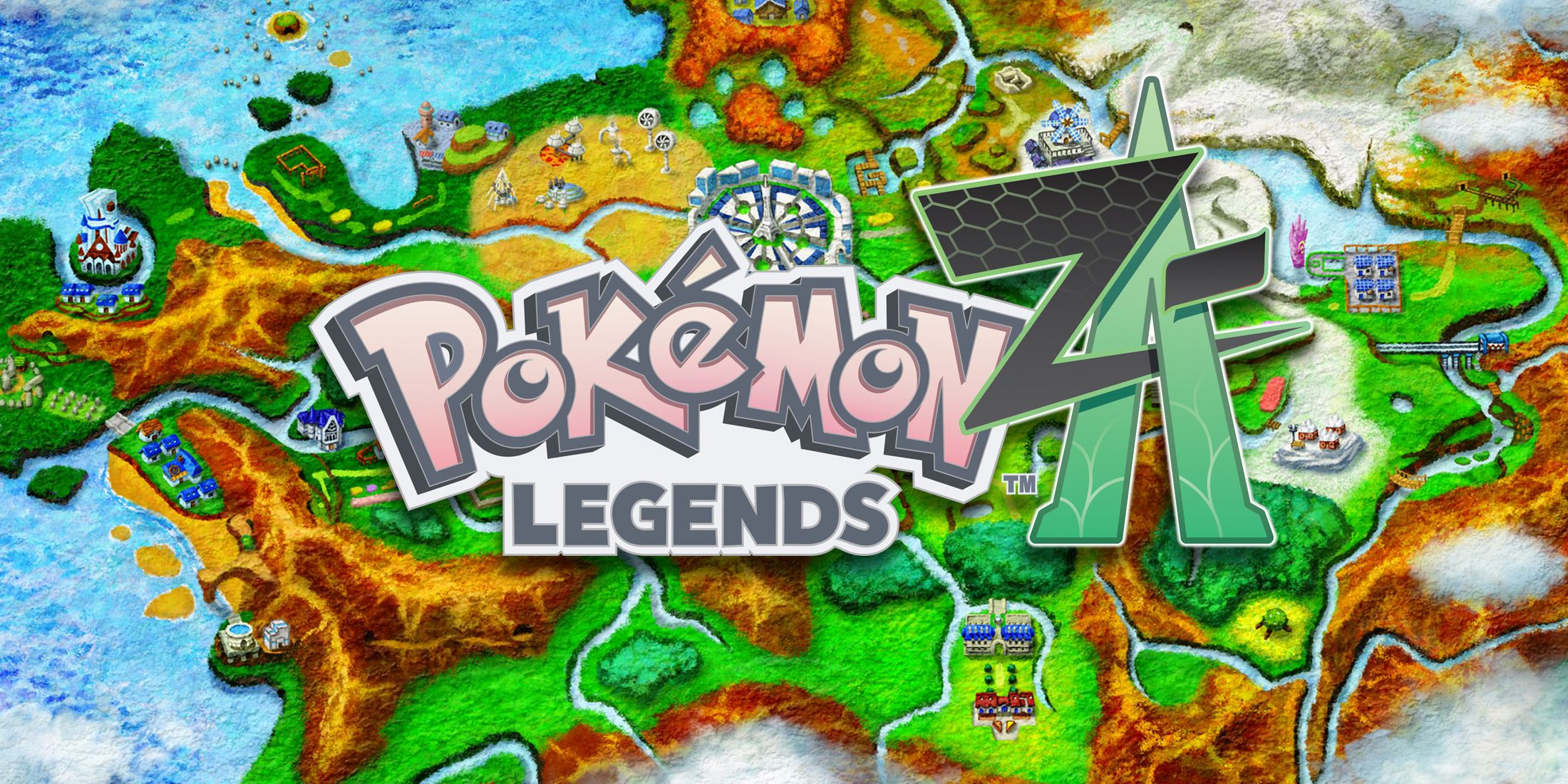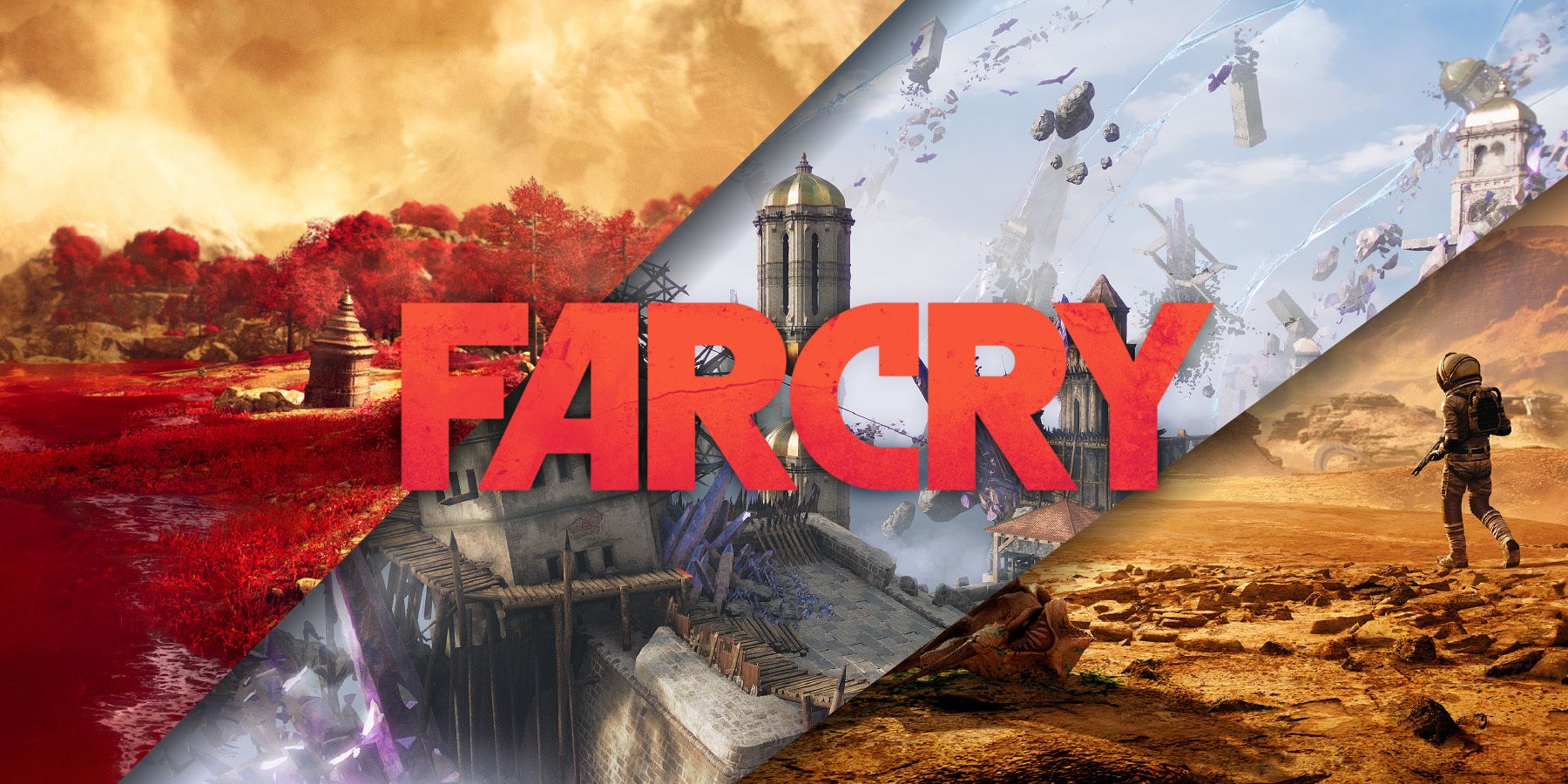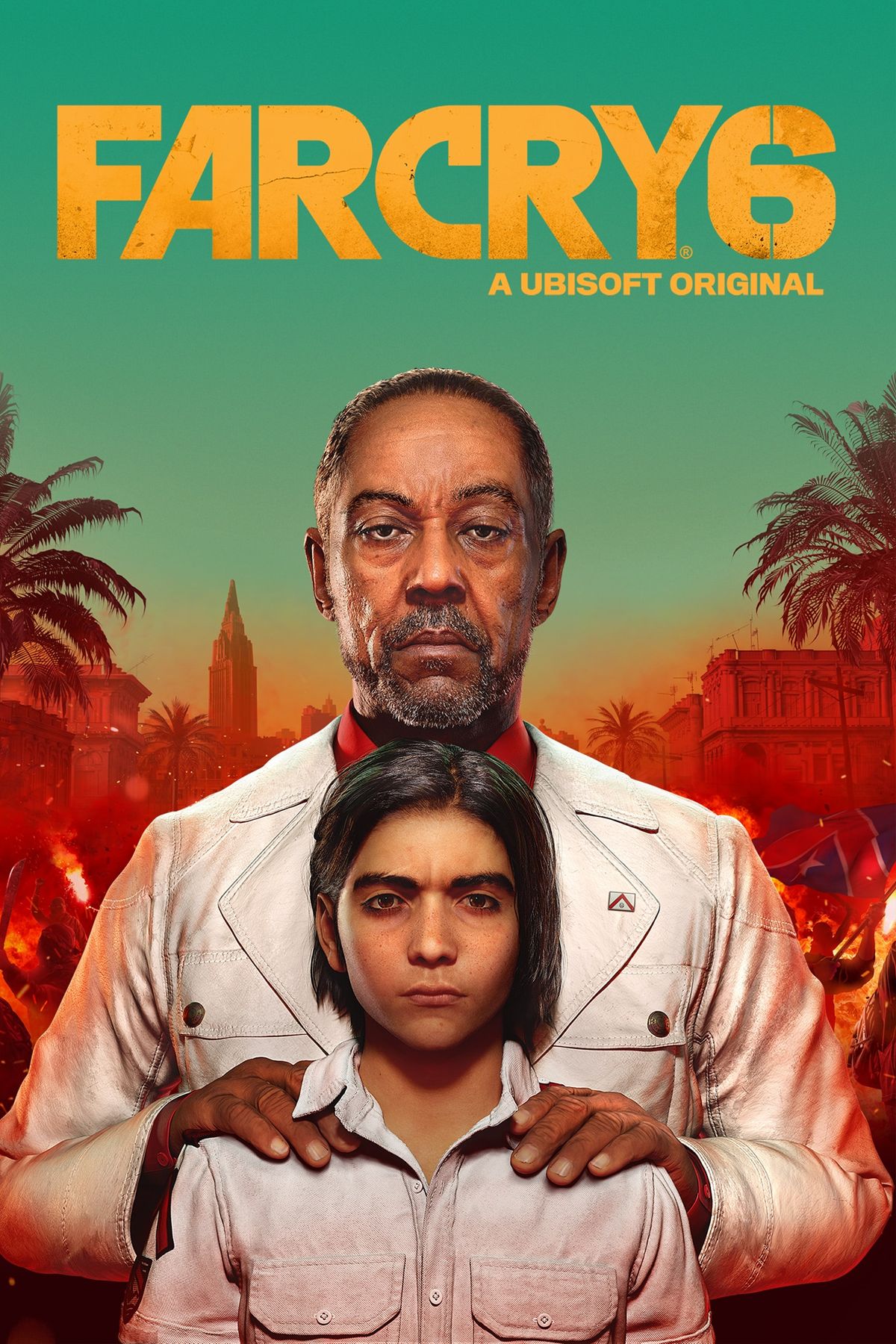Highlights
- Far Cry's best settings include the tropical Rook Islands and the Caribbean nation of Yara.
- Settings like Kyrat and the setting of Blood Dragon stand out for their highly unique designs.
- Some settings, like Hope County, lack creativity and feel too bland.
While the overall themes of the Far Cry franchise are usually quite similar between releases, the locations in which the IPs narratives occur are often wildly different. The franchise has traveled the globe since the release of its first game in 2004, usually telling unconnected stories between each title which foster a huge variety of geographical settings that can be explored.
Far Cry has six mainline titles with a variety of spin-offs, with the setting of each game being integral to a title's core gameplay, storytelling avenues, and villains. With this in mind, it is clear that some settings lend themselves better to the Far Cry identity more than others, with some locations in particular standing a cut above the rest.
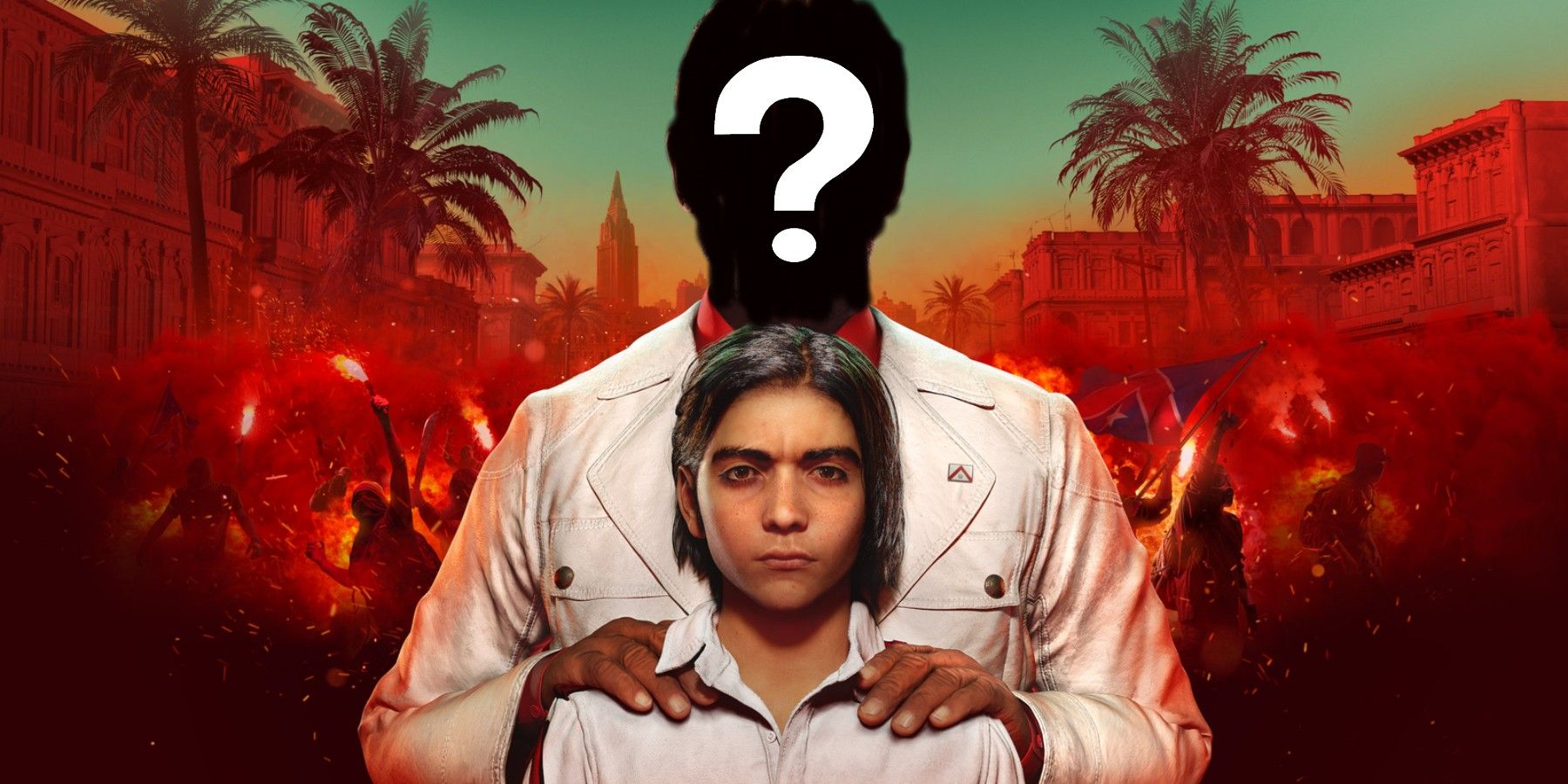
Far Cry 7 is Betting Big on the Antagonist
The Far Cry franchise has a bit of an antagonist problem, and if recent leaks are true, then Far Cry 7 is going to need to go above and beyond.
S-Tier: Rook Islands and Yara
2012's Far Cry 3 is considered by some fans to be the most memorable release for the entire franchise. It was the title that established an identity for the IP that most subsequent releases would try to emulate, with Vaas Montenegro, one of Far Cry 3's main antagonists, being one of the most iconic video game villains of all time.
Far Cry 3 needed a setting to match its themes of internal conflict and looming danger, and the deceptively picturesque Rook Islands were the perfect location for this. A series of lush tropical islands overrun by corruption and pirates, the Rook Islands offered the best blend of breathtaking views, believable inhabitants, varied flora and fauna, and unnerving beauty that helped excel Far Cry's gameplay to its absolute best.
These themes were echoed within the franchise's most recent release, with Far Cry 6 being set in the fictional Caribbean nation of Yara. Under the oppressive rule of Anton Castillo, Yara's natural beauty is undercut by slave labor and destitution, fueling a cause within its people similarly to the Rook Islands. Also like Far Cry 3's setting, Yara fosters chaotic gameplay with its scattered islands, oceans, hills, and forests, giving a huge level of variety that other FC settings struggle to match. Players can also explore a fractured physics-bent version of Yara in FC6's Lost in Time DLC, giving a lot of replayability to the setting.
A-Tier: Kyrat, Oros Valley, Blood Dragon
2014's Far Cry 4 took the franchise to the Himalayas, more specifically the fictional region of Kyrat. Controlled by the absolute rule of its fanatical King, Pagan Min, Kyrat is one of the most unique main settings across the entire IP, with its mountainous terrain creating steep valleys and snow-capped peaks that give the player a huge range of locations to explore. The geographical setting of Kyrat is also home to a wide selection of animals. Players can even ride elephants into combat, making it one of the most compelling locations across Far Cry as a whole.
2016's Far Cry Primal was one of the most ambitious entries to the franchise, taking the series back to prehistoric times. Not only did this allow the title to switch up the core mechanics of the IP, like weaponry and modes of travel, but it also gives way to the unique setting of Oros. Primal's setting is the most untamed of the entire franchise, with the likes of wooly mammoths and sabertooth tigers offering some of the most memorable wildlife for the series. While Oros is undoubtedly memorable, it uses a lot of recycled assets from Far Cry 4's Kyrat, making it less impressive than it could otherwise be.
Far Cry: Blood Dragon was a short-but-sweet DLC for Far Cry 3, leaning into the comical tropes of futuristic sci-fi action films from the 1980s. These themes were baked into Blood Dragon's unnamed setting, with neon lights, piercing beacons, and smoggy haze dominating the map. This, combined with the titular cybernetic Blood Dragons that roam the map, make the game's setting one of the most striking in the IP, only being brought down by its small size.
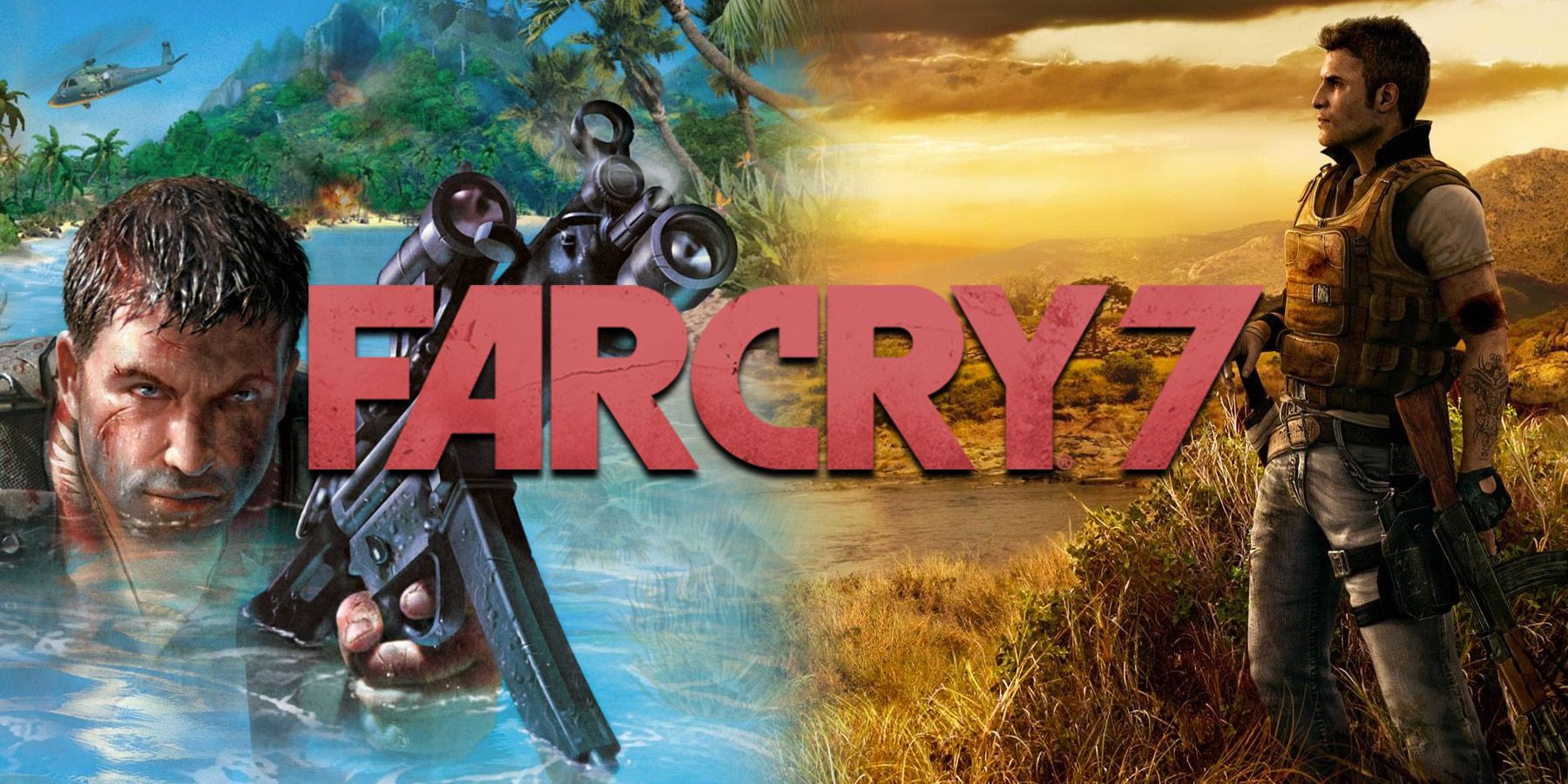
Before Far Cry 7, the Franchise May Want to Take a Trip to Its Past
Far Cry has a long history with some of the most iconic sandbox games within, yet Ubisoft seems to have no interest delving back in time.
B-Tier: Hope County, Apocalyptic Hope County, Mars
2018's Far Cry 5 was the first entry to take the franchise to the United States, taking place in the fictional Hope County in Montana. Far Cry 5's strengths lie primarily in the depth of its many antagonists, with Joseph Seed and his family leading a religious cult that dominates the rural countryside. The cult and its unique leaders offer some of the most compelling characters of the entire IP, yet Hope County stands as a bland and one-dimensional setting that didn't have the same creative freedom of other franchise locations, leading to stunted exploration opportunities and lackluster wildlife.
A spin-off release that followed Far Cry 5, Far Cry New Dawn, also takes place in Hope County, 17 years after the events of FC5's nuclear apocalyptic ending. As expected, this completely changes the look and feel of Hope County in New Dawn, with the nuclear fallout giving way to strikingly bright flora and a range of mutated creatures. Conversely to Far Cry 5, New Dawn's weaker story is propped up by the vibrancy of its setting, giving Hope County a better overall legacy.
Far Cry 5 also possesses another setting via its second DLC, Lost on Mars, which takes place on the titular planet. Mars is one of the wackiest settings that Far Cry has ever explored, and there is real merit in how ambitious it is for an IP that is otherwise fairly grounded in reality. A Martian setting does a lot in terms of making the core gameplay of Lost on Mars unique, but the harsh landscape of such a rugged planet pales in comparison to the biodiversity of other franchise settings.
C-Tier: Far Cry, Far Cry 2
The settings of the original Far Cry games are a product of their time. The franchise's 2004 launch title takes place in an unnamed Micronesian archipelago. The geography of this setting is largely similar to Far Cry 3, with sandy beaches and densely vegetated islands offering the brunt of exploration opportunities. Without the same memorable factions and villains as Far Cry 3, the smaller scale of Far Cry's first setting is sadly one of the most forgettable.
Far Cry 2's setting suffers from many of the same pitfalls, this time being an unnamed African country. The landscapes of this setting are quite unique compared to the wider franchise, with the game even possessing key game mechanics like malaria that are directly tied to the location. While it is true that this setting has a lot of variety in its depictions of savannas, deserts, and jungles, the age of the title ultimately impacts its level of immersion and style compared to the rest of the franchise.

